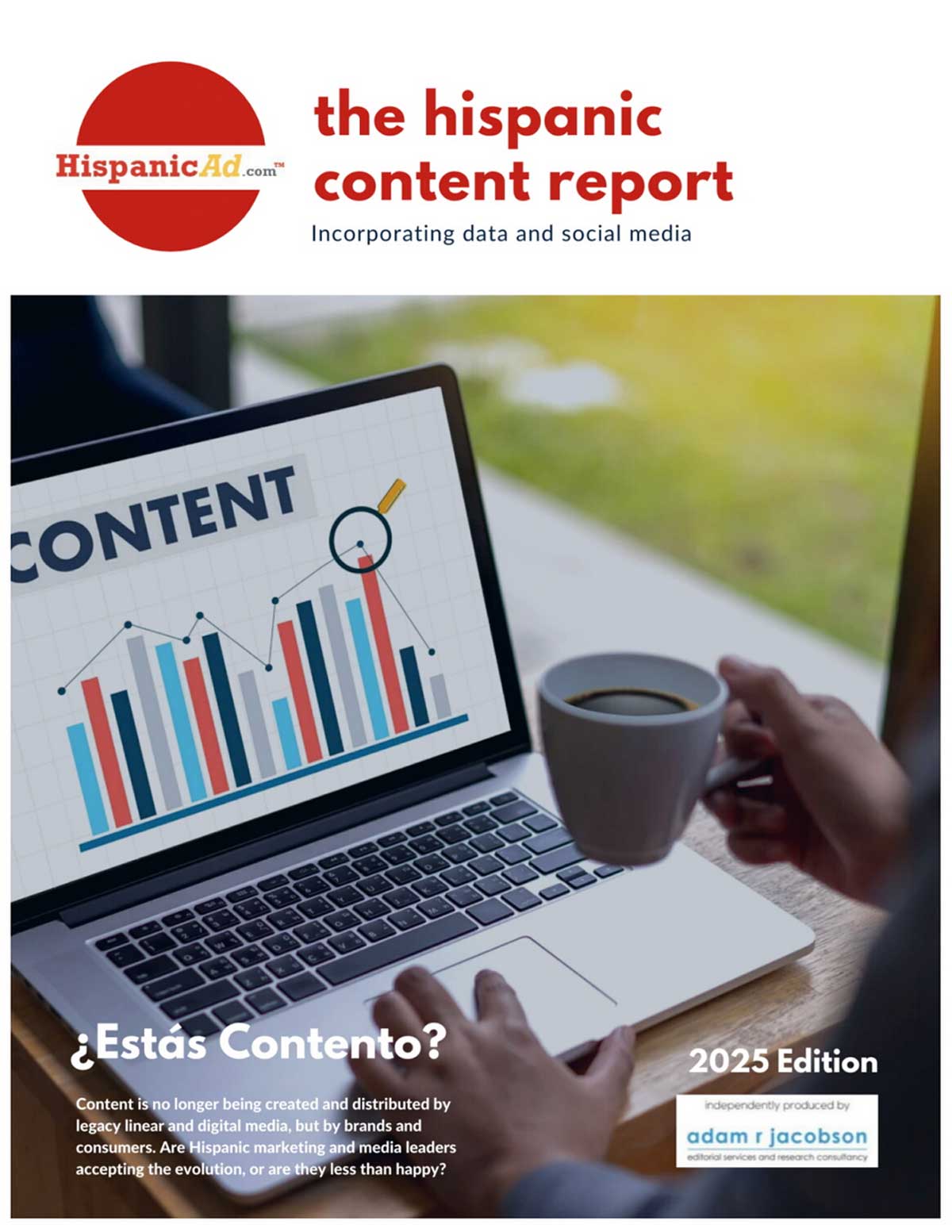![]() This past October, eight executives from companies that are leaders in data analytics got together to share perspectives on their biggest challenges. All were the most senior executives with data-analytics responsibility in their companies, which included AIG, American Express, Samsung Mobile, Siemens Healthcare, TD Bank, and Wal-Mart Stores. Their backgrounds varied, with chief information officers, a chief data officer, a chief marketing officer, a chief risk officer, and a chief science officer all represented. We had seeded the discussion by asking each of them in advance about the burning issues they were facing.
This past October, eight executives from companies that are leaders in data analytics got together to share perspectives on their biggest challenges. All were the most senior executives with data-analytics responsibility in their companies, which included AIG, American Express, Samsung Mobile, Siemens Healthcare, TD Bank, and Wal-Mart Stores. Their backgrounds varied, with chief information officers, a chief data officer, a chief marketing officer, a chief risk officer, and a chief science officer all represented. We had seeded the discussion by asking each of them in advance about the burning issues they were facing.
Research
Views from the front lines of the data-analytics revolution [INSIGHT]
Make Room Ladies a New Thoughtful Breed of Male Consumer Wielding Hefty Purchasing Power [REPORT]
 The power of the purse is losing ground to the weight of the wallet and a new breed of male consumer is emerging, this according to Defy Media’s 2nd annual Acumen Report: Brand New Man. More than 2,000 men ages 18-49 participated in the study to voice opinions on how they spark a relationship with a new brand, research products and make purchasing decisions across a wide variety of categories including alcohol, snacks and grooming products.
The power of the purse is losing ground to the weight of the wallet and a new breed of male consumer is emerging, this according to Defy Media’s 2nd annual Acumen Report: Brand New Man. More than 2,000 men ages 18-49 participated in the study to voice opinions on how they spark a relationship with a new brand, research products and make purchasing decisions across a wide variety of categories including alcohol, snacks and grooming products.
In the blink of an eye [INSIGHT & REPORT]
 Imagine seeing a dozen pictures flash by in a fraction of a second. You might think it would be impossible to identify any images you see for such a short time. However, a team of neuroscientists from MIT has found that the human brain can process entire images that the eye sees for as little as 13 milliseconds — the first evidence of such rapid processing speed.
Imagine seeing a dozen pictures flash by in a fraction of a second. You might think it would be impossible to identify any images you see for such a short time. However, a team of neuroscientists from MIT has found that the human brain can process entire images that the eye sees for as little as 13 milliseconds — the first evidence of such rapid processing speed.
Home Buying Experience Improving for Hispanics
![]() TD Bank has announced results of its second annual Mortgage Service Index, a nationwide consumer survey that gauges the home buying experience. The Index revealed that 68 percent of Hispanics this year (compared with 62 percent last year) found their most recent home buying experience to be “excellent” or “very good,” compared with 62 percent of the general market.
TD Bank has announced results of its second annual Mortgage Service Index, a nationwide consumer survey that gauges the home buying experience. The Index revealed that 68 percent of Hispanics this year (compared with 62 percent last year) found their most recent home buying experience to be “excellent” or “very good,” compared with 62 percent of the general market.
Hispanics Overindex for Smartphone Usage
![]() Telenovelas on Spanish-language TV networks, Latin American music on local radio stations and Spanish-language versions of popular magazines—all are mainstays of US Hispanic-focused programming and media that remain important channels for marketers looking to reach this growing segment of the population. But it’s also where many efforts to connect with Hispanics often end. In their quest to reach this market—especially its large millennial and preteen populations—brands are failing to understand how and where Hispanics are consuming media, according to a new eMarketer report, “US Hispanics’ Media Usage: A Mix of the Trendsetting and the Traditional.”
Telenovelas on Spanish-language TV networks, Latin American music on local radio stations and Spanish-language versions of popular magazines—all are mainstays of US Hispanic-focused programming and media that remain important channels for marketers looking to reach this growing segment of the population. But it’s also where many efforts to connect with Hispanics often end. In their quest to reach this market—especially its large millennial and preteen populations—brands are failing to understand how and where Hispanics are consuming media, according to a new eMarketer report, “US Hispanics’ Media Usage: A Mix of the Trendsetting and the Traditional.”
Millennials use More Coupons than their Parents [REPORT]
![]() Valassis announced results of its Shopper Marketing Report with data marketers can tap into to influence a specific shopper with added focus on digital, social and mobile trends; millennials; and Hispanic shoppers.
Valassis announced results of its Shopper Marketing Report with data marketers can tap into to influence a specific shopper with added focus on digital, social and mobile trends; millennials; and Hispanic shoppers.
An Era of Growth: The Cross-Platform Report [REPORT]
![]() This year will be another big year in audience measurement as we enable measurement of broadcast and digital video on mobile devices across both the linear and dynamic ad models.
This year will be another big year in audience measurement as we enable measurement of broadcast and digital video on mobile devices across both the linear and dynamic ad models.
The Hispanic Millennial Cool List: Gender Differences [INSIGHT]
 In last week’s blog post, we looked at the “Cool List” – the top 10 coolest things right now — among Hispanic Adult Millennials. This week, we’re going to dive in a little closer and show how Hispanic males and females differ in their perceptions of what’s cool. Based on data from Tr3s’s soon-to-be-released 2014 study of Hispanic Adult Millennials ages 19 to 34, here are key findings on the “Cool List” and gender.
In last week’s blog post, we looked at the “Cool List” – the top 10 coolest things right now — among Hispanic Adult Millennials. This week, we’re going to dive in a little closer and show how Hispanic males and females differ in their perceptions of what’s cool. Based on data from Tr3s’s soon-to-be-released 2014 study of Hispanic Adult Millennials ages 19 to 34, here are key findings on the “Cool List” and gender.
Marketers Adopt Social Media Analytics Tools
![]() The rise in social media analytics tools has satisfied marketer demand for a way to measure and gather insights from social marketing efforts.
The rise in social media analytics tools has satisfied marketer demand for a way to measure and gather insights from social marketing efforts.
Multitasking TV Viewers Primarily Focus on the Television
![]() Devices such as smartphones, tablets, laptops, desktops and portable gaming systems have made it easy for consumers to multitask while watching television. However, a November 2013 study by TiVo found that three-quarters of US TV viewers were more focused on what was on the tube, even when using a second screen.
Devices such as smartphones, tablets, laptops, desktops and portable gaming systems have made it easy for consumers to multitask while watching television. However, a November 2013 study by TiVo found that three-quarters of US TV viewers were more focused on what was on the tube, even when using a second screen.
Gap Between Successful & Struggling Communities – Reshaping American Landscape [INSIGHT & REPORT]
 According to a comprehensive new report, there is a startling contrast in economic prosperity between successful and struggling American communities. America is divided into nine different community profiles, ranging from the successful — the “Affluent Metroburbs” — to the genuinely troubled — the “Endangered Communities.” Fifty percent of the American communities studied are struggling to find their way forward after the Great Recession.
According to a comprehensive new report, there is a startling contrast in economic prosperity between successful and struggling American communities. America is divided into nine different community profiles, ranging from the successful — the “Affluent Metroburbs” — to the genuinely troubled — the “Endangered Communities.” Fifty percent of the American communities studied are struggling to find their way forward after the Great Recession.
The U.S. Hispanic population has increased sixfold since 1970
![]() The Hispanic population grew to 53 million in 2012, a 50% increase since 2000 and nearly six times the population in 1970, according to the most recent U.S. Census Bureau data. Meanwhile, the overall U.S. population increased by only 12% from 2000 to 2012. Hispanic population growth accounted for more than half of the country’s growth in this time period.
The Hispanic population grew to 53 million in 2012, a 50% increase since 2000 and nearly six times the population in 1970, according to the most recent U.S. Census Bureau data. Meanwhile, the overall U.S. population increased by only 12% from 2000 to 2012. Hispanic population growth accounted for more than half of the country’s growth in this time period.
Hispanic Consumers Outpace Non-Hispanics in Use of Social & Mobile Sources for Local Shopping Information [INSIGHT]
![]() Hispanic consumers are outpacing non-Hispanics in their adoption of mobile, social and online sources for local shopping, according to BIA/Kelsey’s Consumer Commerce Monitor study.
Hispanic consumers are outpacing non-Hispanics in their adoption of mobile, social and online sources for local shopping, according to BIA/Kelsey’s Consumer Commerce Monitor study.
What’s Cool to Hispanic Millennials in 2014? [INSIGHT]
What are Millennials into right now? How do perceptions of what’s cool differ between Hispanic and non-Hispanic young people? And has what’s cool changed from last year?
Study Of Hispanic/Latino Health
 The Hispanic Community Health Study/Study of Latinos (HCHS/SOL), the research study of Hispanic/Latino health funded by the National Institutes of Health (NIH), has released initial findings that show significant variations in disease prevalence and health behaviors among groups with different backgrounds.
The Hispanic Community Health Study/Study of Latinos (HCHS/SOL), the research study of Hispanic/Latino health funded by the National Institutes of Health (NIH), has released initial findings that show significant variations in disease prevalence and health behaviors among groups with different backgrounds.
Remittance Flows Worldwide in 2012 [INTERACTIVE MAP]
![]() Patterns of global migration have shifted in recent decades and those changes, along with the ups-and-downs of the economy, have also resulted in changes in the flow of remittances —the money that many migrants send back to families in their countries of origin.
Patterns of global migration have shifted in recent decades and those changes, along with the ups-and-downs of the economy, have also resulted in changes in the flow of remittances —the money that many migrants send back to families in their countries of origin.
How Do You Market To A Generation In Flux?
As the first wave of the Digital Generation, Gen Y is truly disrupting the traditional notions of marketing. Brands can partner with Gen Y by understanding what’s important to this culturally diverse and life stage-straddling group, and how digital and mobile permeate their lives.
Who’s Driving the Growth for Food Stores? [INFOGRAPHIC]
 Hispanics & Multicultural non-Hispanic generated six in ten of all new grocery buyers between 2011 to 2013. Health-Natural stores buyers growth rate was led by Most Acculturated Hispanic segment. Hispanics led in Mass/Discount growth rate. On the other hand, Least Acculturated buyers declined sharply for Hispanic Grocery stores and C- stores. Millennials led in the growth rate of Low-Tier and in the decline of Mid-Tier.
Hispanics & Multicultural non-Hispanic generated six in ten of all new grocery buyers between 2011 to 2013. Health-Natural stores buyers growth rate was led by Most Acculturated Hispanic segment. Hispanics led in Mass/Discount growth rate. On the other hand, Least Acculturated buyers declined sharply for Hispanic Grocery stores and C- stores. Millennials led in the growth rate of Low-Tier and in the decline of Mid-Tier.
Hispanic “Life Planners” [NSIGHT]
 When it comes to their financial lives, some Hispanic Millennials like to have all their ducks in a row. Using Simmons data, Tr3s recently identified and analyzed this segment, called “Life Planners.” Representing a little more than 1 in 3 Hispanics 18-34, this group is optimistic, believes in seizing opportunities when they arise, strives to be well-informed, and doesn’t like the idea of debt.
When it comes to their financial lives, some Hispanic Millennials like to have all their ducks in a row. Using Simmons data, Tr3s recently identified and analyzed this segment, called “Life Planners.” Representing a little more than 1 in 3 Hispanics 18-34, this group is optimistic, believes in seizing opportunities when they arise, strives to be well-informed, and doesn’t like the idea of debt.
What’s Empowering the New Digital Consumer?
![]() Technology has changed a lot in the last 30 years—even the last three! Today’s consumer is more connected than ever, thanks to the proliferation of digital devices and platforms. Content once available only via specific channels, such as print and broadcast television, can today be delivered to consumers through their multiple connected devices.
Technology has changed a lot in the last 30 years—even the last three! Today’s consumer is more connected than ever, thanks to the proliferation of digital devices and platforms. Content once available only via specific channels, such as print and broadcast television, can today be delivered to consumers through their multiple connected devices.



























